The site of an ISIS mass execution allegedly linked to a Toronto man has been located by researchers, who said it should be treated as a crime scene by Canadian police.

A vacant strip between two roads north of the former ISIS capital, Raqqah, the site could contain key evidence for the RCMP but does not appear to have been secured, the researchers said.
“One of the greatest obstacles in the prosecution of IS fighters will remain the acquisition of evidence,” iBrabo, a Waterloo, Ont.-based open-source intelligence group, wrote in its report, obtained by Global News.
The discovery of the execution site “may provide a crucial link in establishing a path towards prosecution for this Canadian foreign fighter,” the report said.
The site is believed to be where the ISIS video Flames of War was filmed in 2014. In the video, prisoners kneel at the edge of a mass grave before being shot from behind execution-style.
The narrator of the video has long been suspected of being a Canadian who has voiced many ISIS English-language propaganda releases.
His identity remained a mystery until a captured Canadian ISIS fighter, Muhammad Ali, identified him to Global News last October as an Ontario man who went by Abu Ridwan.

Get daily National news
Then, on Jan. 13, the U.S.-backed Syrian Democratic Forces detained Mohammed Abdullah Mohammed, who said he was an Ethiopian-Canadian and had joined ISIS in 2013.
WATCH: Researchers use Google Earth to identify location of ISIS mass execution

Terrorism researcher Amarnath Amarasingam has since identified the detained man as Abu Ridwan, the voice heard in the execution video and countless other ISIS recordings.
Canadian officials have not yet confirmed they are one and the same. Amarasingam said a childhood friend of the Canadian had also identified him as an executioner seen in the video, but that remains unconfirmed as well.
Public Safety Minister Ralph Goodale said Friday that Canada’s aim with foreign terrorist fighters was “to collect the evidence to lay charges and to prosecute to the full extent of the law.”
The RCMP would neither confirm nor deny it was investigating, but police are working on the case and the identification of the site could help advance their probe, particularly should a mass grave be found there.
WATCH: Alleged Canadian ISIS fighter talks about his capture in video released by Syrian Democratic Forces

The executions depicted in the video took place near the Syrian Army’s 17th Division base, which was captured by ISIS in the summer of 2014. To find where the bodies may be buried, iBrabo analyzed the video frame-by-frame, noting the buildings, lamp posts, hydro towers, terrain and vegetation in the background.
Using historical satellite imagery, the researchers then mapped out the landmarks from the different camera angles shown in the video. Their conclusion was that the killings took place at a semi-circular berm, one of several defensive positions that surrounded the 17th Division base.
“From the satellite imagery, we see what was a well-defined, crater-shaped berm altered after the execution takes place. The northern portion of the berm loses its edge most likely from the graves being back-filled, post execution,” according to the iBrabo report.
“Examining the site through Google Earth’s historical archive, there is no overt indication that the graves have been disrupted since the time they were created by the IS executioners. As such, the crime scene likely remains intact, though weathered by time.”
The iBrabo researchers, Jeff Weyers and Camie Condon, said they had a “high degree of confidence” that they had positively identified the execution site.
“’Where it happened is one of the most critical elements in any homicide/war crime investigation,” they wrote.
The report said the geolocation techniques they used could help find evidence of other atrocities and turn ISIS propaganda videos against the terror group.
“With the caliphate collapsing, this will allow new opportunities to investigate these crimes against humanity,” the report said.
Mohammed remains in the custody of Kurdish-led forces in northeast Syria. He is one of at least four suspected Canadian ISIS fighters held by the SDF, which is also detaining three Canadian women who had married ISIS foreign fighters and their seven children.
The government has said it is under no obligation to bring them back to Canada.
But U.S. President Donald Trump’s announced troop withdrawal from Syria has increased pressure on the RCMP to build criminal cases against the Canadians, since a change in the conditions in the Kurdish-controlled region could see them returning.





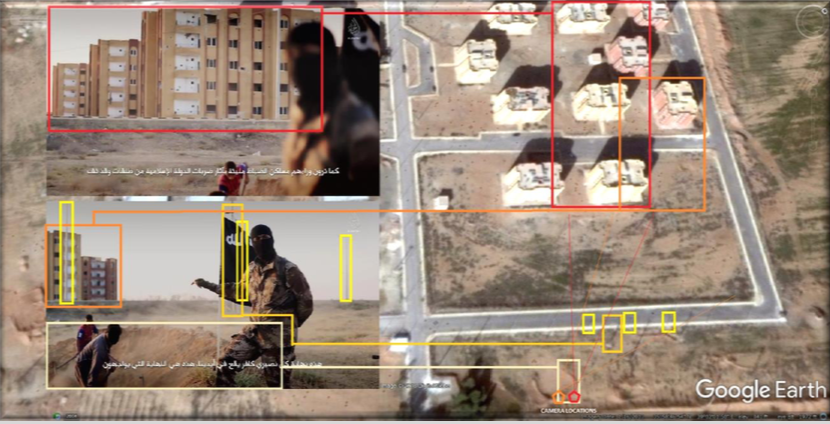

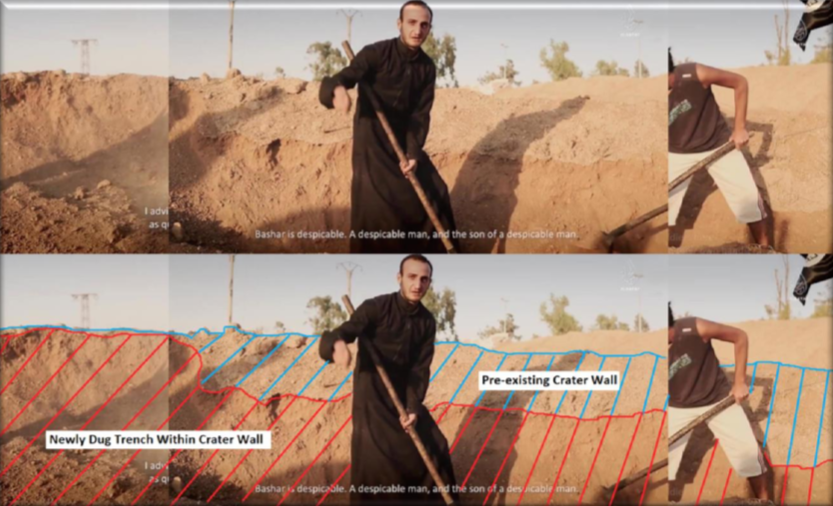



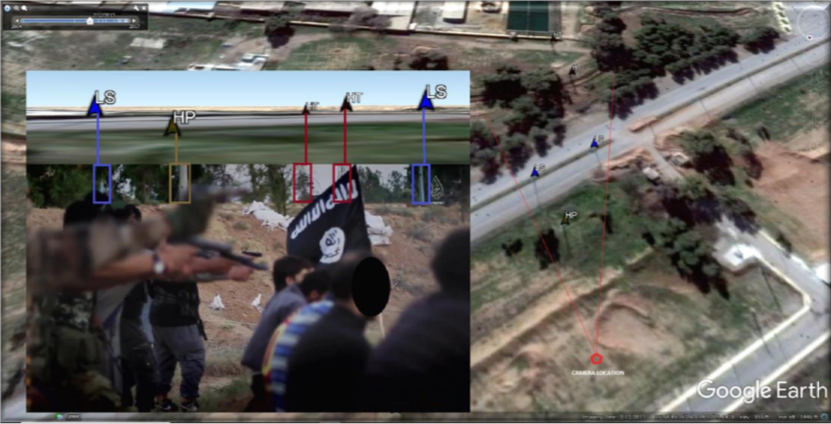

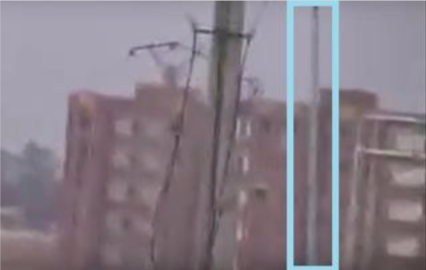



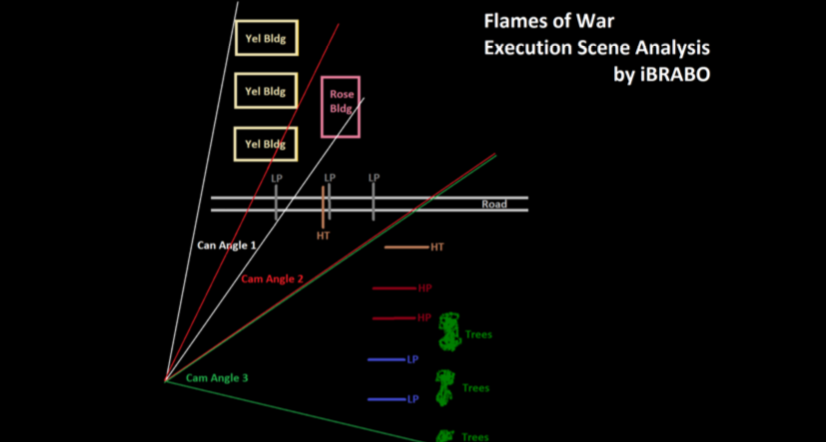



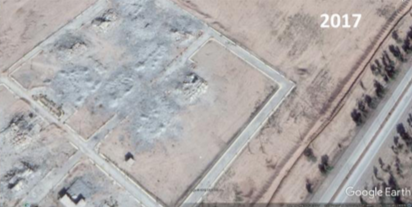

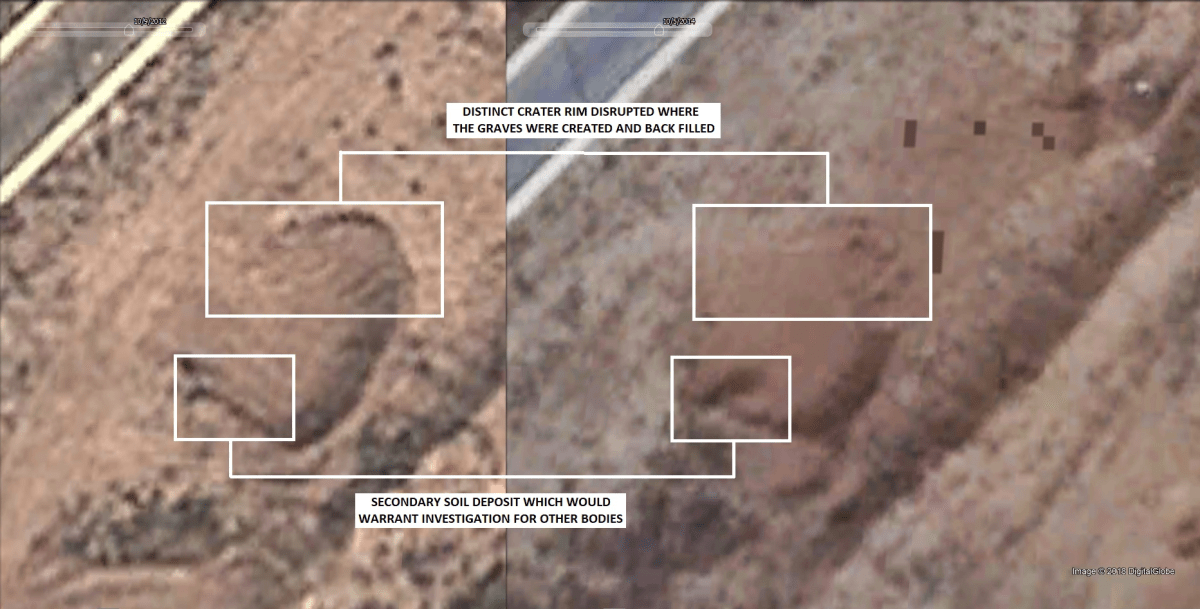

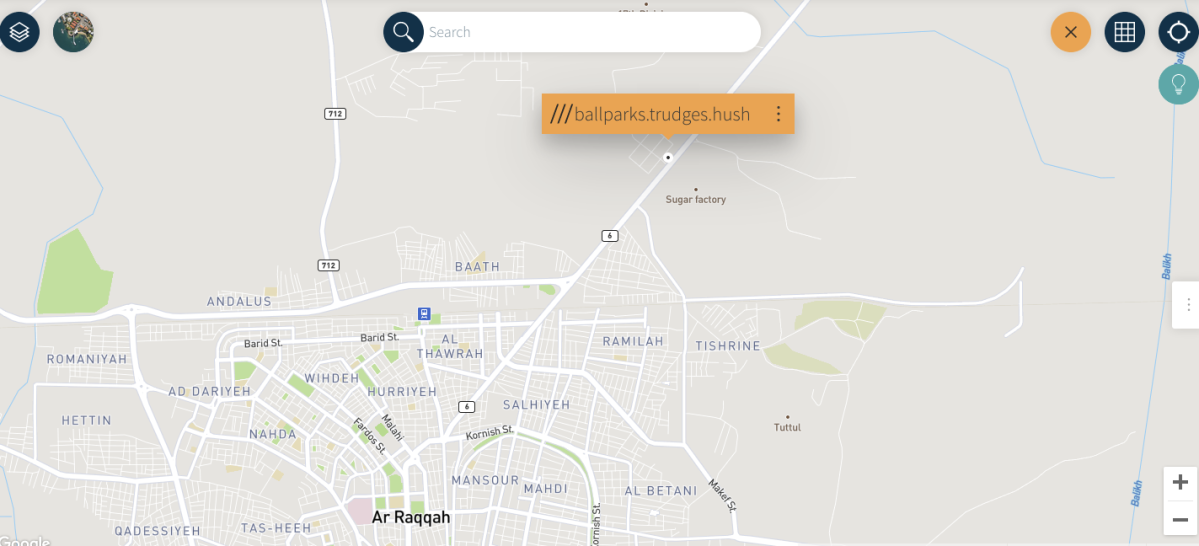

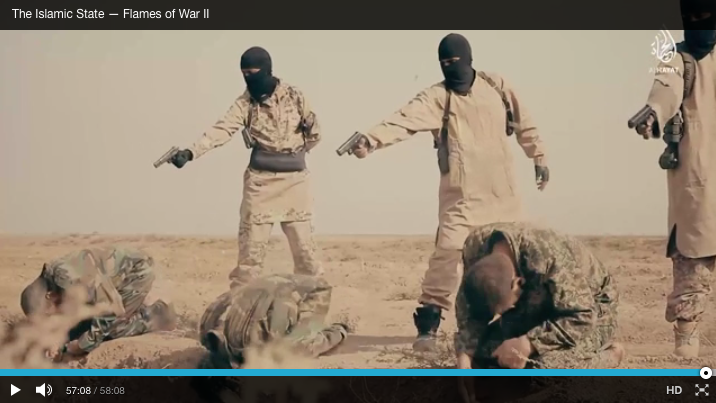






Comments